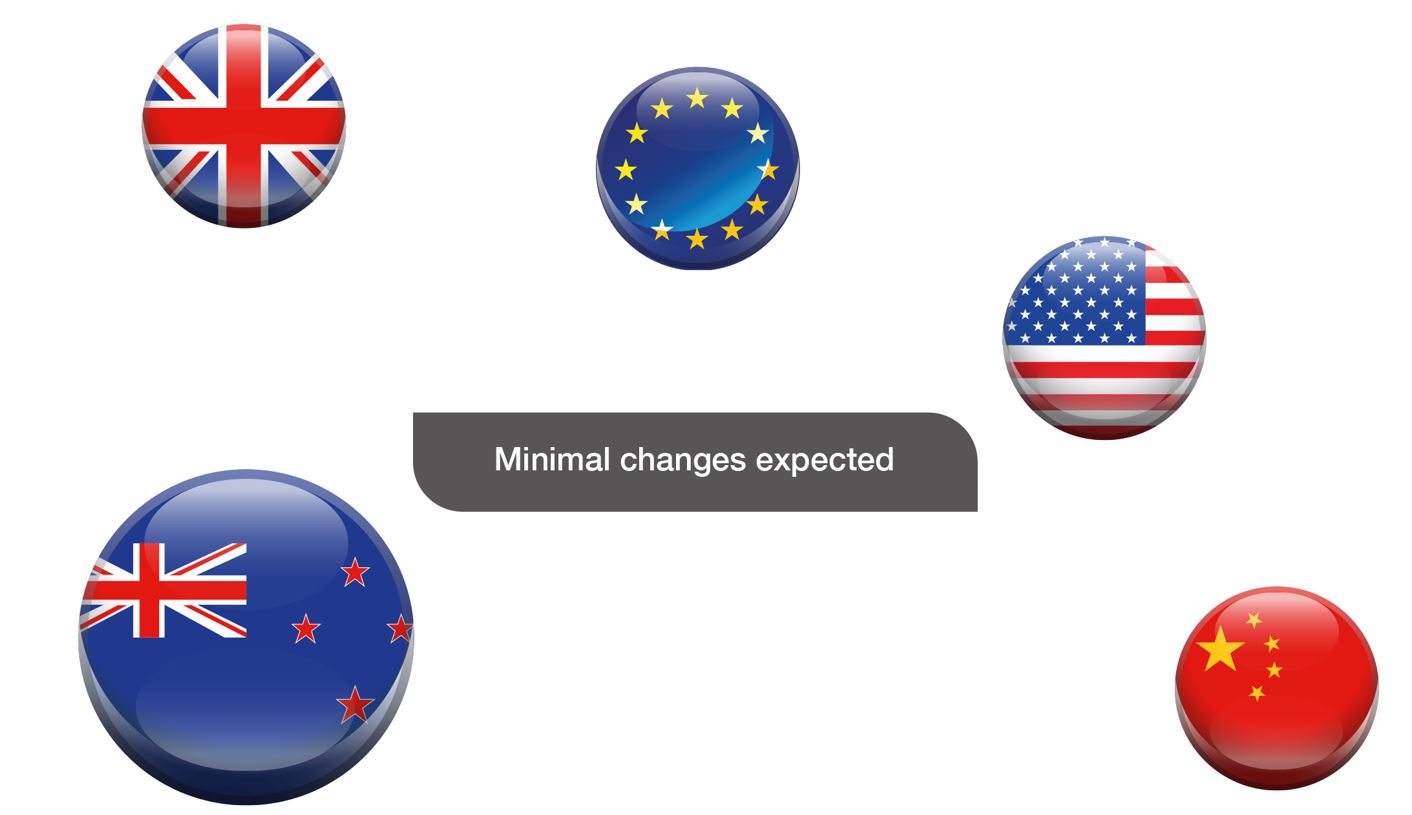Pork: modelling the impact of a UK-New Zealand trade deal
Thursday, 11 August 2022
For pork, the impact of the UK-New Zealand trade deal was examined looking at the changes expected after the deal comes into force. The model assumes all other circumstances remain the same.
Key points for pork sector:
- The model suggests that any changes to trade flows for pork as a result of the trade deal will be minimal.
For pork, the chosen network consists of the UK, New Zealand, the EU, the USA and China. Pork is different to the other agricultural commodities we have assessed, as New Zealand is a net importer rather than exporter. The UK is also a net importer, although it does export some pork products to New Zealand, the EU and China. In contrast, the EU and USA are significant global exporters.
The model predicts that there will only be slight changes to trade flows as a result of the trade deal coming into operation. The trade deal will remove existing tariffs on pork products from New Zealand, allowing them to access the UK market at zero tariff. However, the model does not expect exports to increase. This is because New Zealand only exports a tiny amount of pork, and these exports would not be price competitive on the UK market.
The UK already exports some pork to New Zealand. Again, the model does not expect the current position to change. This is because the trade deal does not improve UK access as New Zealand, as they already do not apply tariffs on pork imports. The deal also does not change the rigorous set of Sanitary and Phytosanitary (SPS) measures for access to the New Zealand market.
Source: AHDB/Harper Adams University



